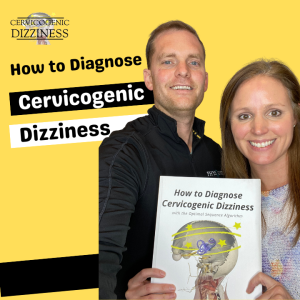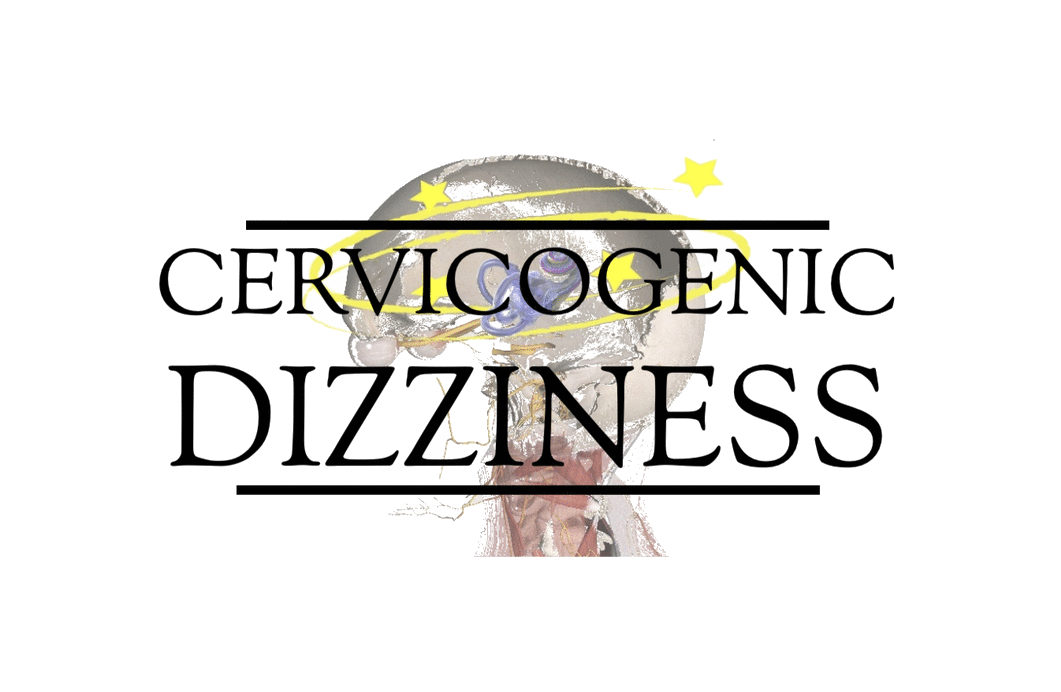How to test neck flexor strength
December 20, 2022How to train the deep neck flexors
January 8, 2023

How to diagnose cervicogenic dizziness
How to diagnose Cervicogenic Dizziness is a common question we get as clinicians that specialize in treating dizziness and cervical pain. This is very important as the correct diagnosis leads to the correct treatment.
We will break down the concepts for this question in subsequent paragraphs.
First of all, what is Cervicogenic Dizziness?
Cervicogenic dizziness is motion sensation characterized by the presence of imbalance, unsteadiness, disorientation, and neck pain. The symptoms are closely related to changes in cervical spine position or cervical joint movement.
Cervicogenic dizziness may occur with a mismatch between signals. The conflict of signals are from vestibular, visual, and proprioceptive inputs.
You can listen to a short video of me describing what causes cervicogenic dizziness in the video below.
What are the symptoms of Cervicogenic Dizziness?
Dizziness, lightheadedness, unsteadiness, or drunkenness are the symptoms of Cervicogenic Dizziness. True vertigo is rare and typically not a symptom of cervical origin.
What is the first step to diagnosing Cervicogenic Dizziness?
Diagnosis of exclusion is the rule to follow.
This means that you can suspect, but not confirm, dizziness or vertigo from the neck unless you rule out other competing diagnoses.
The following order of operations is recommended to rule out competing diagnoses:
- Cervical Fracture
- Central Disorders
- Cervical Artery Disorders
- Cervical Myelopathy
- Cervical Instability
- Peripheral Disorders
Ruling in the cervical spine can begin once the other disorders have been ruled out.
With that said, someone can have more than one cause of dizziness. We call this a double entity and actually contributes to over 90% of cases.
You can learn more about how to diagnose Cervicogenic Dizziness with our published book and course.

